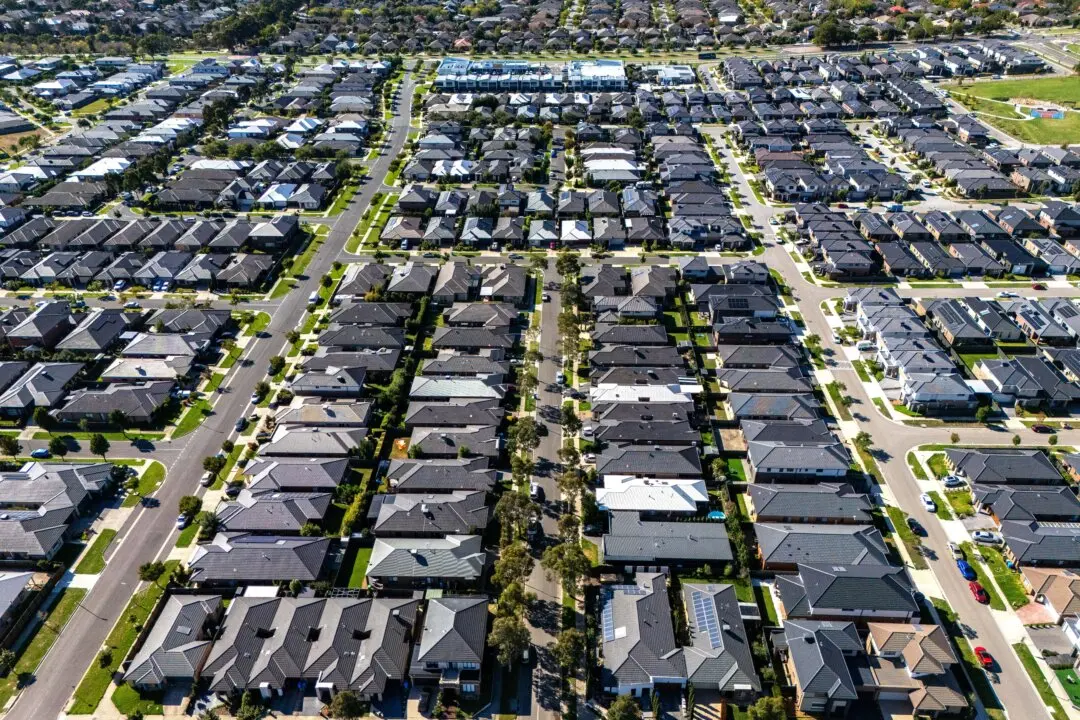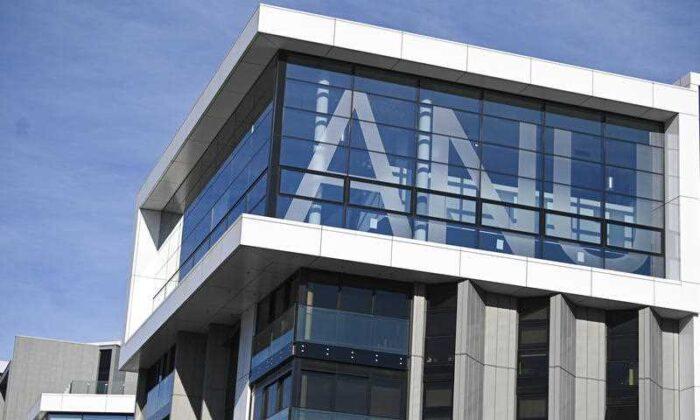BlackRock-backed battery storage company Akaysha Energy has been chosen to build a “Super Battery” in Australia’s most populous state New South Wales.
Its partnership with the U.S. investment giant began in August after BlackRock invested A$1 billion (US$701 million) into the Melbourne-based energy firm.
The firm already has nine projects underway across Australia, including the 1,600 megawatt Orana battery in Wellington, central-west NSW, which can store around eight hours of electricity.
The state’s energy minister has called the Waratah Super Battery the “biggest network battery” in the southern hemisphere that will be built on the site of the old Lake Munmorah Power Station around 100 kilometres north of Sydney.
Nick Carter, managing director of Akaysha, said the company won the project due to its talented team.
Meanwhile, NSW Energy Minister Matt Kean said the Super Battery will be a “shock absorber” for the electricity grid and will provide 700 megawatts of standby capacity when wind or solar farms are not producing.

“The Waratah Super Battery will drive up to A$1 billion in private investment in new energy storage and associated network upgrades, generating more than 100 jobs in the Hunter and Central Coast regions,” Kean said in a statement.
“The battery will ensure electricity consumers in Sydney, Newcastle, and Wollongong have access to more energy from existing generators while new transmission connections are developed.”
The battery will hopefully replace the lost capacity from the closure of the Eraring coal-fired power station in August 2025.
The NSW government is one of many state authorities in Australia that have announced ambitious climate change policies aimed at decarbonising their economies.
Is It Worth It?
Yet concerns have been raised that the billions (or trillions) required to build new renewable energy sources and transmission infrastructure may not outweigh the actual benefits for households and businesses.“Replacing generation capacity with storage capacity is good in theory, but the required storage volumes are staggering, and the choice of technology that may achieve it is unclear.”
At the same time, some experts say climate change advocates—including scientists and media commentators—have misrepresented the condition of the environment to support their agenda.
California-based eco-modernist Michael Shellenberger says the environment is, in fact, in the best shape ever.
He said there was more coral in the Great Barrier Reef than there has ever been in 36 years. At the same time, the area of land burned by forest fires had declined by 25 percent globally since 2003—an area the size of Texas.
“The death rate from natural disasters has crashed; we have four times as many people as we did in the world 100 years ago. The death toll has declined about 90 percent in the United States,” he told CPAC Australia.




